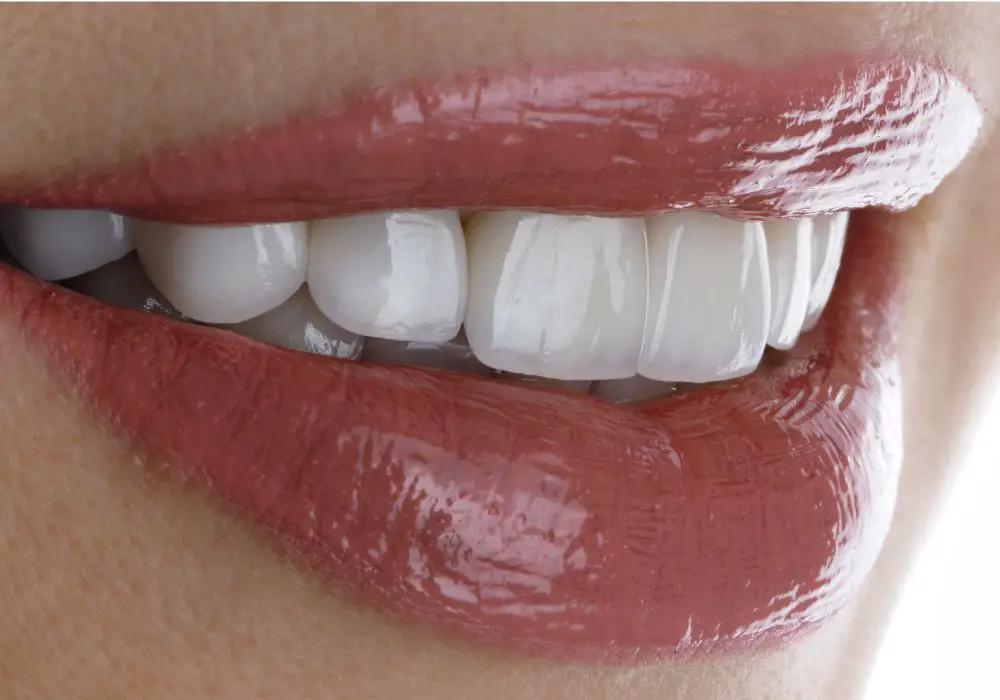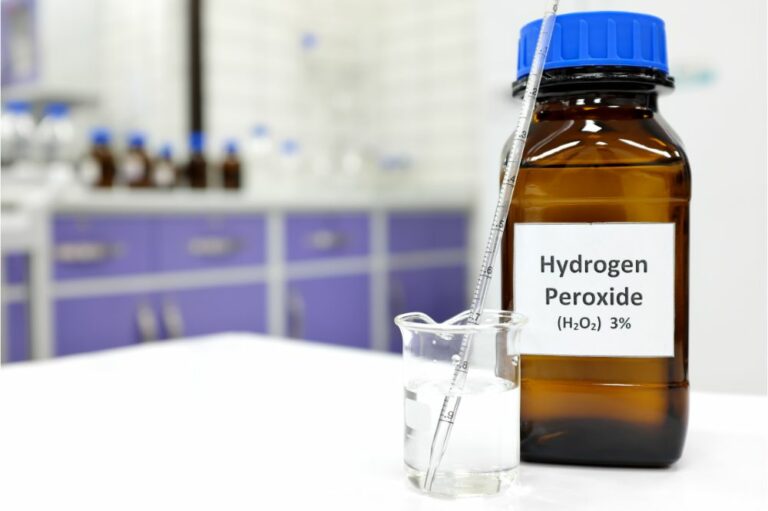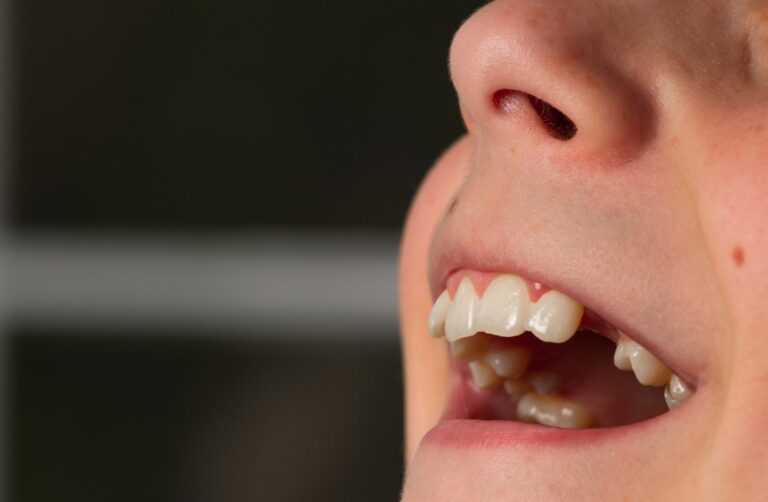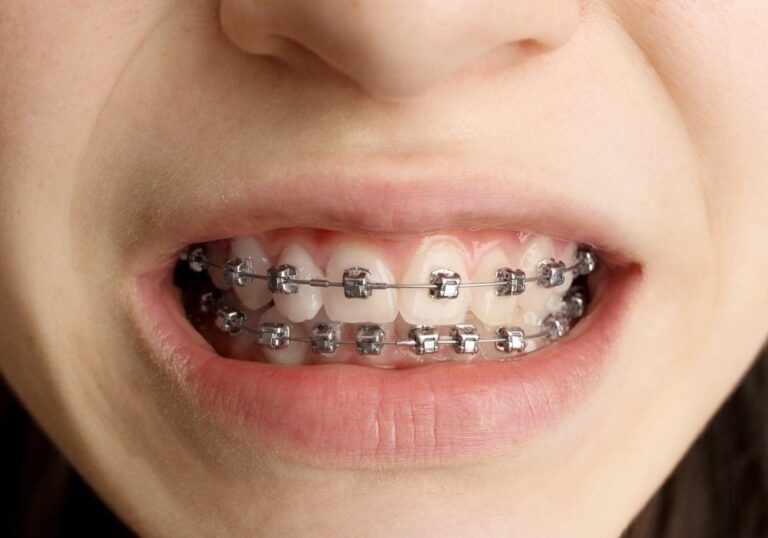Fluoride has been added to public drinking water supplies in many parts of the world since the mid-20th century. Proponents argue that fluoride helps prevent tooth decay and cavities, especially in children. However, some people are concerned about potential health risks from fluoride and want to avoid it. Is it possible to maintain good dental health without the use of fluoride? Let’s take a detailed look at the evidence.
How fluoride helps strengthen teeth?
Fluoride helps protect teeth in two important ways:
1. Prevents demineralization
- Fluoride concentrates in plaque and saliva, which helps prevent minerals like calcium and phosphate from dissolving out of tooth enamel. This process is known as demineralization.
- Demineralization occurs when plaque bacteria produce acids that lower pH and dissolve tooth mineral content. It is an early stage of tooth decay and cavity formation.
- Fluoride helps reverse this process by redepositing minerals like calcium and phosphate back into weakened areas of enamel before a cavity develops.
- Higher fluoride concentrations make enamel more resistant to acid attacks. Fluoride gets incorporated into the crystalline structure of hydroxyapatite, the main mineral in enamel.
- This reduces enamel solubility and helps prevent demineralization even when pH drops from plaque acids.
2. Promotes remineralization
- Fluoride promotes the remineralization process. Saliva is normally supersaturated with calcium and phosphate minerals.
- When the pH rises again after an acid attack, these minerals can redeposit back into partly demineralized areas of enamel. Fluoride accelerates this process.
- Fluoride increases the rate of diffusion of minerals into the tooth and enhances the uptake and retention of calcium and phosphate.
- This remineralization effect can help stop or even reverse early tooth decay before a full cavity develops.
In this way, fluoride makes tooth enamel more resistant to acid attacks from plaque bacteria. It helps maintain mineral balance in enamel and promotes redeposition and fortification of partly demineralizedareas.
The fluoride content of plaque and saliva increases substantially after using fluoride toothpaste, mouth rinses, gels, or other topical applications. Drinking fluoridated water likewise increases fluoride concentrations in saliva available for concentration in plaque.
Potential concerns about fluoride

While there’s strong evidence that fluoride prevents cavities, especially in children, some people have raised concerns about potential adverse effects:
- Fluorosis – Fluorosis is a cosmetic condition that results in faint white streaks or speckles in enamel. In moderate forms there are chalky white blotches, while severe forms have dark staining and pitting.
- Mild fluorosis generally does not affect tooth function or health. Moderate forms are uncommon and severe fluorosis is rare. It occurs when fluoride intake significantly exceeds optimal levels during tooth development in childhood.
- Bone health – Very high fluoride intake over a prolonged period can increase the risk of bone fractures and joint pain from skeletal fluorosis. However, this requires intake well above recommended levels for many years.
- Neurotoxicity – Some recent studies have found subtle impacts on IQ and cognition in children at higher fluoride exposures. The evidence is mixed overall with many studies showing no clear effect. More research is needed on neurobehavioral effects.
- Thyroid function – Fluoride at levels well above those considered safe may interfere with thyroid hormone activity. But there is no clear evidence of adverse thyroid effects at current fluoride exposure levels for most people. Those with iodine deficiency may be more vulnerable.
Overall, most major national and international health organizations consider water fluoridation to be a safe and very cost-effective public health intervention at current recommended levels. But those concerned about potential harms may want to moderate their fluoride exposure, especially from supplemental sources.
Can you get adequate fluoride without fluoridated water?
People who want to avoid fluoridated public water have a few options to help compensate:
- Use alternative water sources – Drinking bottled spring or mineral water and using reverse osmosis or distillation systems at home can substantially reduce fluoride intake from the tap. Avoiding fluoridated water will eliminate the primary route of systemic fluoride exposure.
- Oral care products – Using fluoride toothpaste once or twice a day will still provide topical exposure to protect teeth. Mouth rinses with fluoride likewise provide topical benefits. Products with higher fluoride concentrations may provide greater benefit.
- Dental treatments – Getting fluoride varnish, gels or foams professionally applied 2-4 times per year can help compensate for lack of fluoridated water. The precise frequency can be customized based on your cavity risk.
- Food and beverages – All foods contain at least trace amounts of fluoride, with higher levels in certain types like fish, teas, raisins and processed foods. Minimizing these sources may further reduce fluoride intake.
The combination of fluoride toothpaste plus regular professional fluoride treatments is the most effective strategy for reducing cavity risk from avoidance of fluoridated water. Let’s look at how effective these and other non-fluoride approaches are.
How effective are non-fluoride approaches for preventing cavities?

While fluoride has the strongest evidence for preventing cavities, there are other ways to help strengthen and protect tooth enamel:
Diet and nutrition
- Calcium – Consuming adequate calcium supports remineralization by providing a ready supply for deposing back into enamel. Dairy products are excellent sources of highly bioavailable calcium. Other sources include certain greens, legumes, nuts, seeds, and calcium-fortified foods.
- Phosphorus – Phosphorus is a key structural mineral incorporated into hydroxyapatite in enamel. Meat, fish, eggs, dairy, nuts and whole grains provide phosphorus.
- Vitamin D – Vitamin D helps the body effectively absorb calcium and phosphate. Key sources include oily fish, egg yolks, UV-exposed mushrooms and fortified foods. Some sunshine exposure enables vitamin D synthesis in skin.
- Vitamin K2 – This vitamin helps regulate where calcium gets deposited in the body. It prevents calcification of soft tissues while promoting incorporation into bones and teeth. K2 is highest in fermented foods like cheese, sauerkraut and natto.
- Omega-3 fats – Omega-3s help resolve inflammation and evidence suggests they may enhance mineralization. Fatty fish like salmon contain anti-inflammatory omega-3s EPA and DHA. Plant sources include walnuts, flax and chia.
- Antioxidants – Antioxidants like vitamin C, carotenoids and polyphenols may help neutralize cavity-causing acids. Brightly colored fruits and vegetables provide a variety of protective antioxidant phytonutrients.
- Xylitol – Xylitol is a natural sugar alcohol with antibacterial effects shown to help reduce cavities when used in gum or candy. It helps lower cavity-causing Streptococcus mutans bacteria in saliva and plaque.
- Probiotics – Probiotic bacteria like those found in yogurt, kefir and fermented foods may balance oral microbiome ecology. This may suppress harmful strains of bacteria involved in caries.
Oral hygiene habits
- Brushing thoroughly twice daily with a soft brush and fluoride toothpaste helps remove food debris and plaque mechanically. Take care not to brush too aggressively which can damage enamel.
- Flossing once daily removes plaque and bacteria between teeth that brushing misses. It also stimulates beneficial saliva production. Dental floss has the strongest evidence for reducing cavities between teeth compared to alternatives.
- Antimicrobial mouth rinses with ingredients like chlorhexidine or essential oils can temporarily reduce overall oral bacteria load if used occasionally. But overuse may harm healthy microbiome diversity.
- Chewing sugar-free gum with xylitol for 10-20 minutes after meals increases salivary flow which helps clear food debris and neutralize plaque acids.
- Getting professional dental cleanings every 6 months removes hardened plaque deposits that can lead to cavities over time. Your hygienist may also apply protective fluoride varnish.
Alternative remineralizing agents
- Toothpaste containing nanohydroxyapatite may help reinforce weakened enamel by providing calcium and phosphate minerals. Evidence suggests it aids remineralization similarly to fluoride.
- Some preliminary research indicates toothpastes with tricalcium phosphate may also help provide minerals for enamel remineralization. However, the evidence is currently more limited compared to hydroxyapatite.
- Products containing bioavailable calcium and phosphate like MI Paste aim to enhance remineralization, but typically also contain some fluoride. They are often used alongside fluoride treatments.
How sufficient are non-fluoride approaches?

Here is an overview comparison of how fluoride alternatives may stack up for prevention:
| Prevention Method | Effectiveness | Notes |
|---|---|---|
| Fluoridated water | Very effective | Reduces cavities 15-30% vs non-fluoridated water |
| Fluoride toothpaste | Very effective | Reduces cavities 20-40% vs non-fluoride toothpaste |
| Fluoride treatments | Very effective | Reduces cavities 20-40% vs no treatments |
| Diet and nutrition | Moderately effective | Improving diet high in fresh foods reduces cavities somewhat but less than fluoride |
| Oral hygiene habits | Moderately effective | Brushing, flossing and cleanings help reduce cavities but are not as effective as fluoride |
| Alternative minerals | Possibly somewhat effective | Hydroxyapatite shows promise but less extensive evidence than fluoride |
As you can see, fluoride has the most significant impact on cavity reduction by fortifying enamel through systemic ingestion and topical exposure. Alternative non-fluoride methods may provide only moderate cavity prevention benefit in comparison.
Avoiding fluoridated water while using fluoride toothpaste and professional topical treatments can still reduce your cavity risk substantially. But you may be somewhat more prone to cavities and enamel demineralization compared to using fluoridated water, especially for children.
The overall evidence indicates it’s challenging to match the powerful cavity prevention achieved by fluoridated water without using any supplemental fluoride. You’ll likely need to be highly diligent with oral hygiene habits and dietary choices. Work closely with your dentist for fluoride treatments to minimize your decay risk if avoiding fluoridated tap water.
Frequently Asked Questions
What foods are best for dental health without fluoride?
Some of the best choices for a tooth-friendly diet include dairy, leafy greens, nuts, fatty fish, probiotic foods like yogurt, fruits and vegetables high in antioxidants, and items sweetened with xylitol instead of sugar. Getting adequate calcium, phosphorus, vitamin D and other nutrients supports stronger enamel resistant to decay.
Can you remove fluoride with water filters?
Yes, reverse osmosis and distillation filters are very effective at removing fluoride from tap water. They can eliminate over 90% of the fluoride content. Activated carbon filters may remove around 30% of fluoride. If you use filtered water, you’ll want to opt for fluoride toothpaste and professional topical treatments.
Is fluoride-free toothpaste as good for preventing cavities?
Fluoride toothpaste is significantly more effective than fluoride-free alternatives when it comes to preventing cavities. Fluoride-free pastes provide only mechanical plaque removal. Fluoride provides additional protection by hardening enamel and facilitating remineralization. Fluoride-free pastes should not be relied on as your sole source of tooth decay prevention.
How often should you get fluoride treatments without fluoridated water?
The CDC recommends getting professional fluoride applications like varnish, gel or foam at least every 3-6 months if you avoid fluoridated tap water. Your dentist can evaluate your risk for cavities based on factors like diet and oral hygiene and recommend the optimal frequency for topical fluoride treatments to protect your teeth.
Can xylitol totally replace fluoride for cavity prevention?
No, xylitol cannot match the cavity prevention power of fluoride. While xylitol has antibacterial effects and enhances mineralization somewhat, it is not nearly as effective as fluoride at hardening enamel and preventing demineralization. Xylitol gum or candy can provide an additional benefit but should not be relied on as a fluoride replacement.
In summary, maintaining good dental health without fluoride requires diligence with oral hygiene, nutrition and regular professional fluoride treatments. Work closely with your dentist to implement a customized prevention plan to minimize your decay risk if avoiding fluoridated water. But you may still be at somewhat higher baseline risk for cavities without fluoride exposure.







